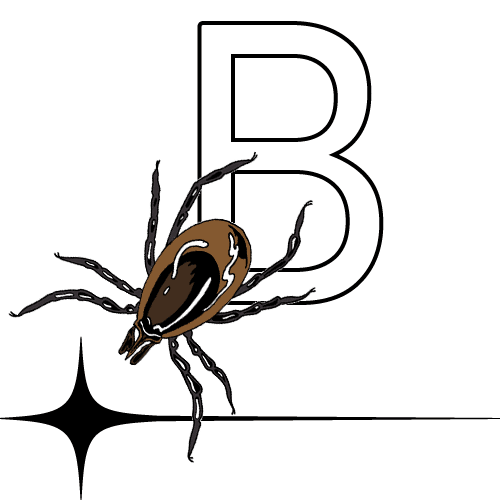The Anatomy of a Tick Bite
From birth to blood-sucking and beyond, how Ixodes Scapularis does its dirty work
This story is part of “Tickpocalypse,” a multi-part special report.
 Because of a worldwide explosion in the tick population, Lyme disease is reaching pandemic proportions. Here, a step-by-step guide to how the bugs spread the disease.
Because of a worldwide explosion in the tick population, Lyme disease is reaching pandemic proportions. Here, a step-by-step guide to how the bugs spread the disease.
Step 1
Around late spring, ticks begin to hatch from clumps of tiny eggs. Ticks that bite humans can be found in every state and Washington, D.C.
Step 2
Once hatched, tick larvae, as this next life stage is called, seek their first “blood meal”. Their first hosts are likely to be small mammals, like the white-footed mouse, squirrels, and raccoons, or birds, reptiles, and amphibians.
Step 3
Once a tick larva attaches to a host, it crawls to the surface of the host’s skin and burrows its feeding tube beneath the surface. As the tick bites, special proteins in its saliva enter the host: One has anti-inflammatory properties that numb the skin to help the tick avoid detection…
